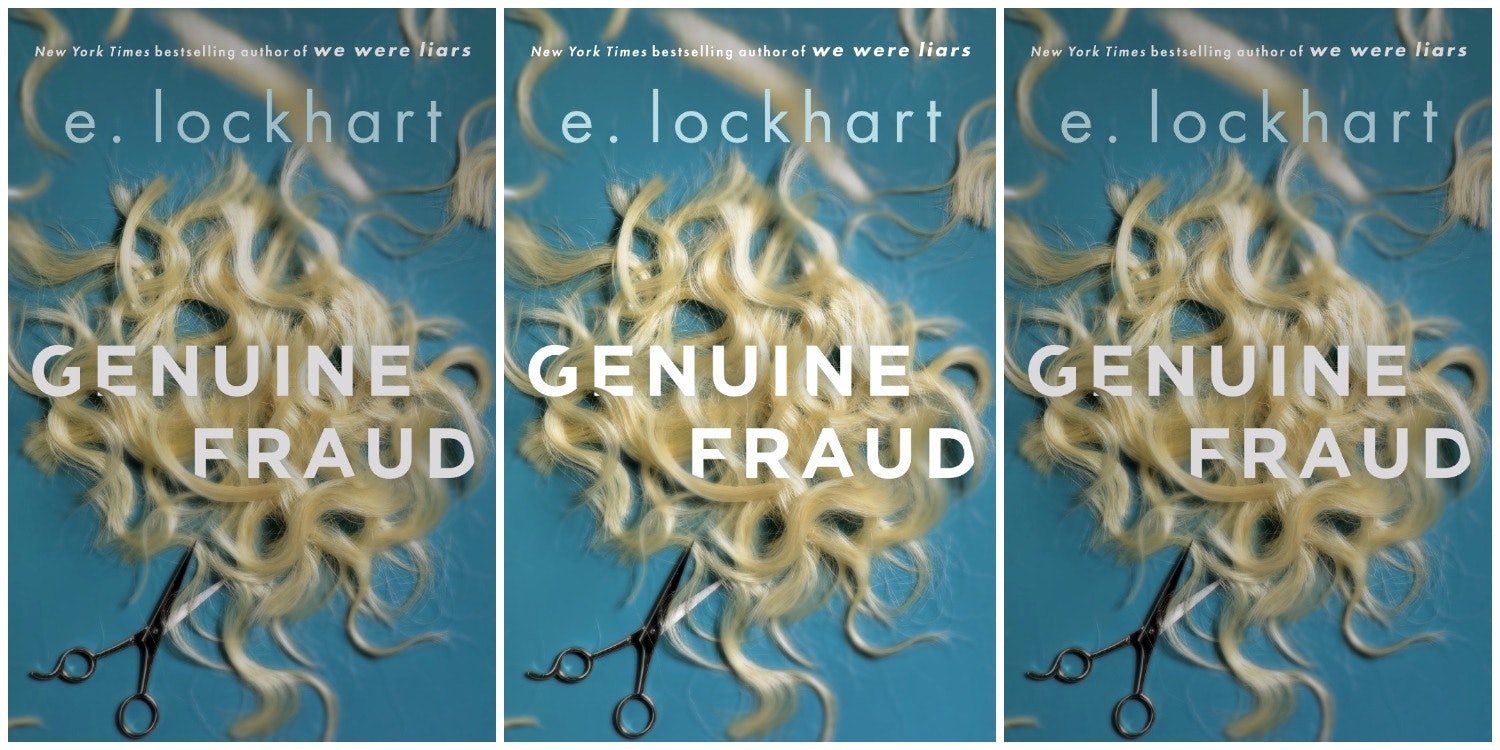


That means some of the book’s big reveals land intellectually instead of emotionally. And the plot meanders, dropping characters and story lines for chapters at a time. Though Carrie is rendered vividly, the other denizens of Beechwood feel vague and indistinct.

In Carrie, Lockhart has crafted her most relatable “Liars” character yet.īut “Family of Liars” fumbles. Will Carrie’s addiction be discovered? Why has her dead sister suddenly reappeared? Who is the man in the photo that Carrie’s mother keeps hidden? But the heart of the story lies in the more existential questions Carrie faces: What does family mean for her? How does she mourn her sister? Is Carrie ready for romance? These are heavy themes, and Lockhart’s writing as she excavates them is poetic and thoughtful. Sure, there are questions to be answered. That’s because “Family of Liars” is more a character study of Carrie than a follow-up thriller. It’s a delicate dance, and Lockhart mostly pulls it off: “Family” offers insights into Beechwood and familiar characters, enriching understanding of the first book, but it never feels like a side dish to a “We Were Liars” entree. But as her father reminds her, the Sinclairs “take care of things when they need to be taken care of.”Īs a prequel, “Family of Liars” has a difficult task - it needs to tap into the fervor of the original novel for returning readers, without confusing new ones. It’s in this state, grieving and hooked on narcotics, that Carrie sets out for Beechwood,where she discovers her cousin has invited three non-Sinclair boys to visit - including the flirty, irresistible Pfeff.Īs the summer develops, Carrie’s relationships with her family, addiction, grief and Pfeff intensify, not always for the better. Shortly after the book opens, one sister drowns at Beechwood, and, after a jaw surgery, Carrie becomes addicted to the painkiller codeine. Carrie grew up in Boston with three sisters.


 0 kommentar(er)
0 kommentar(er)
